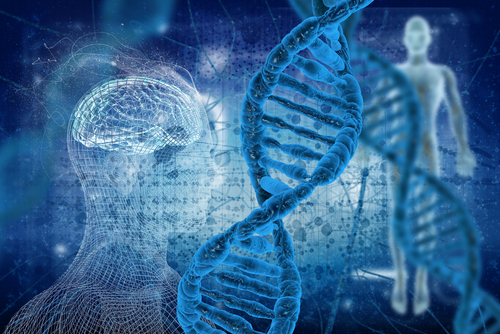VCP Inhibitors May Offer New Way of Treating Sporadic ALS, Study Suggests

Mutations in a protein called VCP lead to problems with energy production in muscles and the onset of IBMPFD, a neurodegenerative disease similar to amyotrophic lateral sclerosis (ALS), a study reports. VCP inhibitors were seen to reverse the processes that damaged and killed muscle cells, and may be of value in ALS.
The study, “Valosin-Containing Protein (VCP/P97) Inhibitors Relieve Mitofusin-Dependent Mitochondrial Defects Due To VCP Disease Mutants,” was published in the journal eLife.
VCP mutations cause a disease known as inclusion body myopathy, Paget disease with frontotemporal dementia (IBMPFD). This condition affects muscles, bones and the brain, and is characterized by progressive muscle loss, affecting movement and potentially leading to respiratory failure. VCP mutations are also involved in sporadic ALS, this disease’s most common form.
Although mitochondria (the cell’s powerhouse) are known to not work properly in IBMPFD patients, the disease’s underlying mechanisms remain elusive and, to date, there is no known treatment.
Using fruit flies, researchers observed that VCP degrades another protein, called Mitofusin, which is essential mitochondrial health. To mimic the muscle loss seen in IBMPFD patients and to follow the pathology of this disease, researchers inserted VCP mutations in fruit flies. They observed that mutant VCP (abnormally overactive) causes excessive degradation of Mitofusin, which impairs energy production in the mitochondria.
But VCP inhibitors (called NMS-873 and ML240) were found to suppress mitochondrial anomalies, and the muscle tissue damage and cell death associated with IBMPFD in the flies. Importantly, in cells from IBMPFD patients, VCP inhibitors also restored proper mitochondrial activity and ease respiratory defects.
Together, these results showed that mutant VCP becomes overly active within cells and causes IBMPFD by damaging mitochondria, but VCP inhibitors can rescue this effect.
“Currently there is no treatment that can halt the progression of IBMPFD,” researchers wrote. “Our findings that VCP disease mutants are hyperactive provide important therapeutic implications. Indeed, we find VCP inhibitors potently rescue multiple VCP disease phenotypes in flies and patient cells.”
“Of course, in order for VCP inhibitors to be useful as therapeutics, it will be necessary to inhibit mutant forms of VCP to an extent sufficient to suppress disease without bringing about a deleterious decrease in the activity of [normal] VCP,” they added.
Importantly, VCP inhibitors may also have potential therapeutic benefit to ALS patients.
“Finally, VCP disease mutants are associated with sporadic amyotrophic lateral sclerosis, and hereditary spastic paraplegia and Charcot-Marie-Tooth disease,” the researchers wrote. “Our findings suggest possible therapeutic values of VCP inhibitors for these diseases.”






